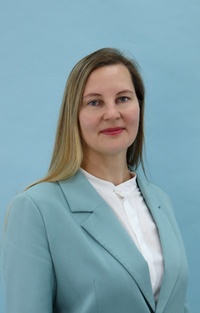Вам может быть интересно:
Архив журнала
Жесткие и гибкие звенья развития речи (нейропсихологический и нейролингвистический аспекты)
- 1023
- Файл статьи: PDF
Аннотация: Данная работа посвящена особенностям речевого развития детей, и в первую очередь его грубым нарушениям. Авторами обсуждаются разные формы алалии, в основу классификации которых положено различие в их причинных мозговых механизмах. Особое внимание уделяется таким причинным факторам, как неречевые и речевые слуховые агнозии, а также артикуляционные апраксии. Приводится краткое описание специфики выделенных авторами форм алалии и клинические примеры, иллюстрирующие их особенности и различия в путях компенсации речевого дефекта. Последние рассматриваются с точки зрения концепции Н. П. Бехтеревой о гибких и жестких звеньях мозговых систем обеспечения психической деятельности. Подчеркивается, что жесткие звенья являются в высокой степени заданными от природы, а гибкие не обладают такой врожденной предуготованностью и появляются в результате разнообразных компенсаторных перестроек. Обсуждаются причины нарушения миелинизации и проводящих путей мозга, особенно в отношении их локальных «выпадений». Затрагивается и значение профиля полушарной асимметрии для объяснения своеобразия картины речевого расстройства, и в первую очередь его индивидуальных черт. Важное значение придается особенностям процессов компенсации (их направленности и интенсивности). В заключение делаются обобщения относительно теоретического и практического значения проведенных наблюдений для области патологии речи в целом.
Ключевые слова: алалия; агнозия; апраксия; миелинизация; логопедия; нарушения речи; речевые нарушения; дети с нарушениями речи; развитие речи; детская речь; речевое развитие.
Abstract: The paper deals with the peculiarities of speech development of children and, first of all, dwells in detail on its severe disorders. The authors discuss different forms of alalia, the classification of which is based on the difference between their causal brain mechanisms. Special attention is paid to such causal factors as non-verbal and verbal auditory agnosias, as well as articulatory apraxias. The study gives a brief description of the specific features of the forms of alalia singled out by the authors and their clinical examples illustrating their peculiarities and distinctive features in the ways of compensation for the speech disorders. The latter are considered from the point of view of the conception of N. P. Bekhtereva about flexible and rigid brain regions regulating psychological activity. The authors stress that the rigid regions are to a large extent predetermined by nature, but the flexible ones do not possess such congenital predestination and emerge as a result of various compensatory reconstructions. The article discusses the causes of demyelinating disorder and dysfunction of neural pathways, especially with reference to their local “fallouts”. It also touches on the meaning of the profile of hemispherical asymmetry to explain the specificity of the nature of the speech disorder, and first and foremost its individual properties. Special importance is given to the typical features of the processes of compensation (their direction and intensity). By way of conclusion, the authors generalize theoretical and practical significance of the observations conducted for the field of speech pathology on the whole.
Key words: alalia; agnosia; apraxia; myelination; logopedics; speech disorders; speech impairments; children with speech disorders; development of speech; children’s speech; speech development.


